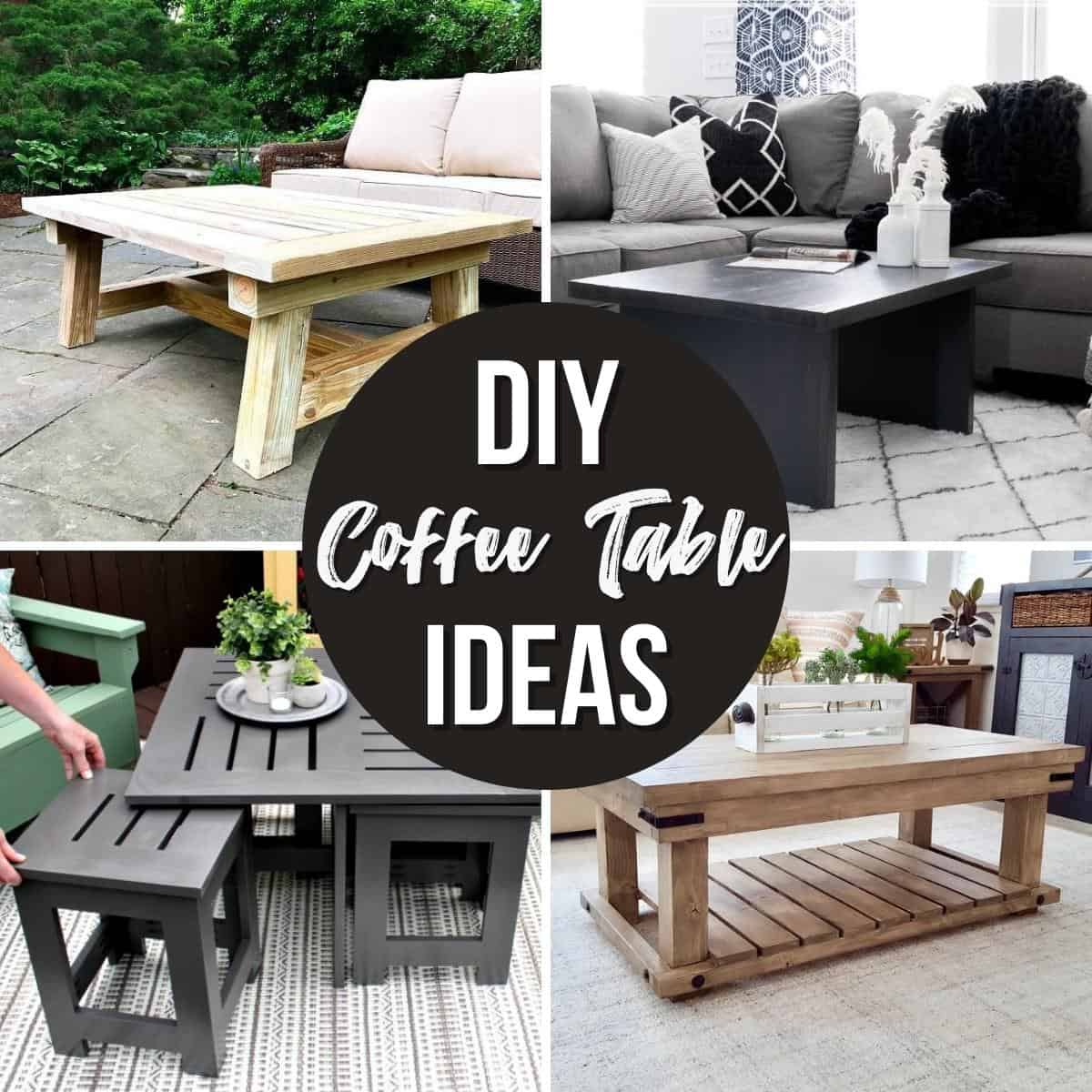
Classic Birdhouse Designs Buyers Love
Birdhouses are more than just functional shelters for birds; they are delightful additions to any garden or backyard. Their charming designs and the joy of watching feathered friends flitting in and out add a special touch to your outdoor space. But with so many options available, choosing the right birdhouse can feel overwhelming. This guide explores some classic birdhouse designs that continue to capture the hearts of buyers, ensuring your backyard is a welcoming sanctuary for birds.
The Timeless Appeal of Traditional Designs
Traditional birdhouses often evoke a sense of nostalgia and charm. Their simple, classic shapes and natural materials blend seamlessly with the surrounding greenery.
The Classic A-Frame
The A-frame birdhouse is a perennial favorite. Its triangular shape is both sturdy and visually appealing, mimicking the natural construction of many bird nests. You can find A-frame birdhouses in various sizes, making them suitable for different bird species. The simplicity of this design allows for easy customization, with options for adding decorative touches like a small porch or a charming little door.
The Rustic Cabin
For those who appreciate a touch of rustic charm, a cabin-style birdhouse is a perfect choice. These birdhouses often feature a gable roof, a small porch, and a charming little door. They are typically made of natural materials like cedar or pine, adding a touch of woodland elegance to your backyard. The rustic details create a cozy and inviting atmosphere for your feathered visitors.
Beyond the Basics: Exploring Unique Designs
While traditional designs hold a special place in our hearts, there are many unique birdhouse options that push the boundaries of creativity.
The Charming Victorian Birdhouse
Victorian birdhouses are a testament to intricate craftsmanship and detail. They often feature intricate carvings, delicate window panes, and charming embellishments. These birdhouses are more than just shelters; they are works of art that add a touch of elegance to your outdoor space. The Victorian style birdhouse will appeal to buyers who appreciate intricate details and a touch of vintage charm.
The Quirky and Fun Designs
Birdhouses come in all shapes and sizes, and some are designed for pure fun and whimsy. These unique designs range from birdhouses shaped like cartoon characters to birdhouses disguised as miniature houses. The fun and unexpected designs will appeal to those who want to add a touch of personality to their gardens.
Choosing the Right Birdhouse for Your Needs
When choosing a birdhouse, consider the following factors:
- Bird Species: Different birds prefer different sized and shaped birdhouses. Research the types of birds you want to attract and select a birdhouse that meets their specific needs.
- Material: Choose a birdhouse made from natural materials like cedar, pine, or recycled plastic. These materials are durable and weather-resistant. Avoid using treated lumber, as the chemicals can be harmful to birds.
- Placement: Position your birdhouse in a safe and accessible location for birds. Choose a spot that is shaded from direct sunlight and protected from the elements.
- Maintenance: Be prepared to clean your birdhouse regularly. Birdhouses can accumulate dirt and debris over time, and regular cleaning helps prevent the spread of diseases.
A birdhouse is a fantastic way to bring a touch of nature and joy to your backyard. By choosing a design that you love and meets your needs, you can provide a safe and welcoming haven for birds while adding a touch of personality to your outdoor space. Whether you opt for a traditional A-frame or a whimsical character-shaped birdhouse, you're sure to find the perfect design to attract your feathered friends and bring a touch of magic to your garden.












